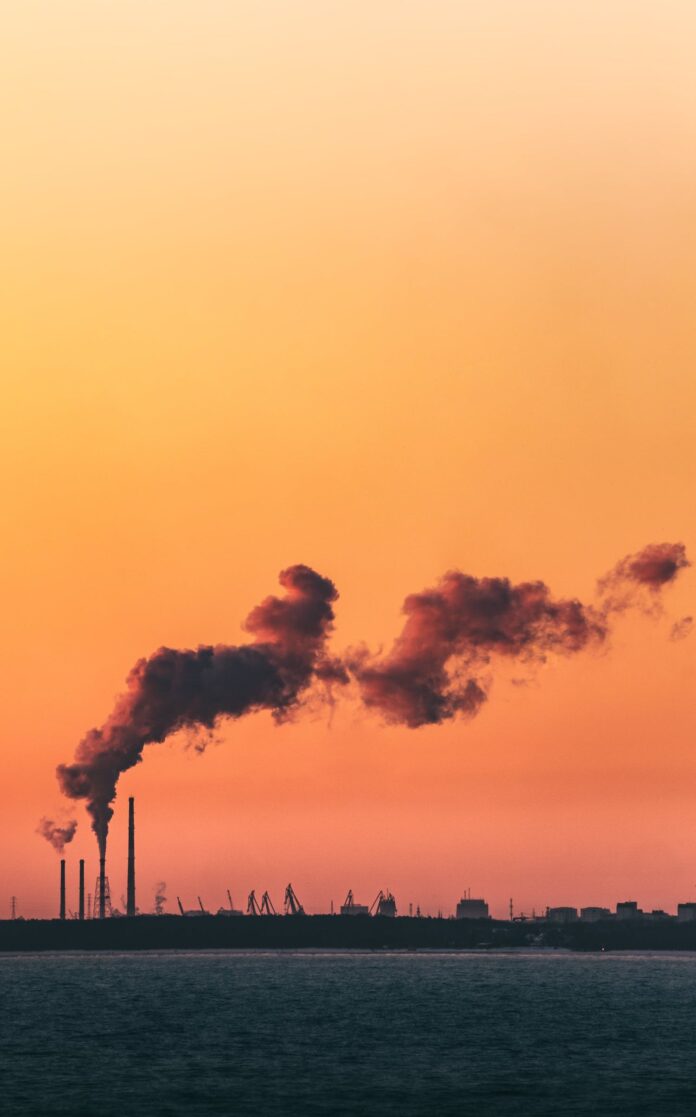
By
The record-high temperatures that baked Houston and surrounding Texas communities this summer did not only cause health problems directly related to the heat. Sweltering weather can increase smog too, and that was very much the case this year: the Houston area had its smoggiest summer since 2011, with the amount of ozone (the scientific name for smog) surpassing federal standards on 55 days in 2023.
And according to a report released Thursday by the Environmental Integrity Project, Black and Brown Houstonians “were more likely to live where ozone reached the highest levels this summer and over the three years from 2021 to 2023.”
The maximum threshold for a healthy level of ozone is 70 ppb, a number that has been reduced over the years as it’s become better understood how smog affects public health, leading to asthma and other respiratory problems. But in Houston East this summer, a community that is 93% people of color, the smog level hit 110 ppb one day this summer. The overall average, which has long been too high, is tipping even higher there too. The average ozone level was 76 ppb between 2008 and 2010, and 80 ppb between 2021 and 2023.

